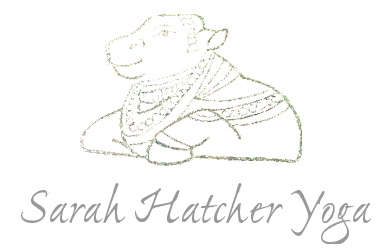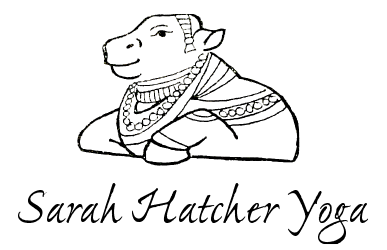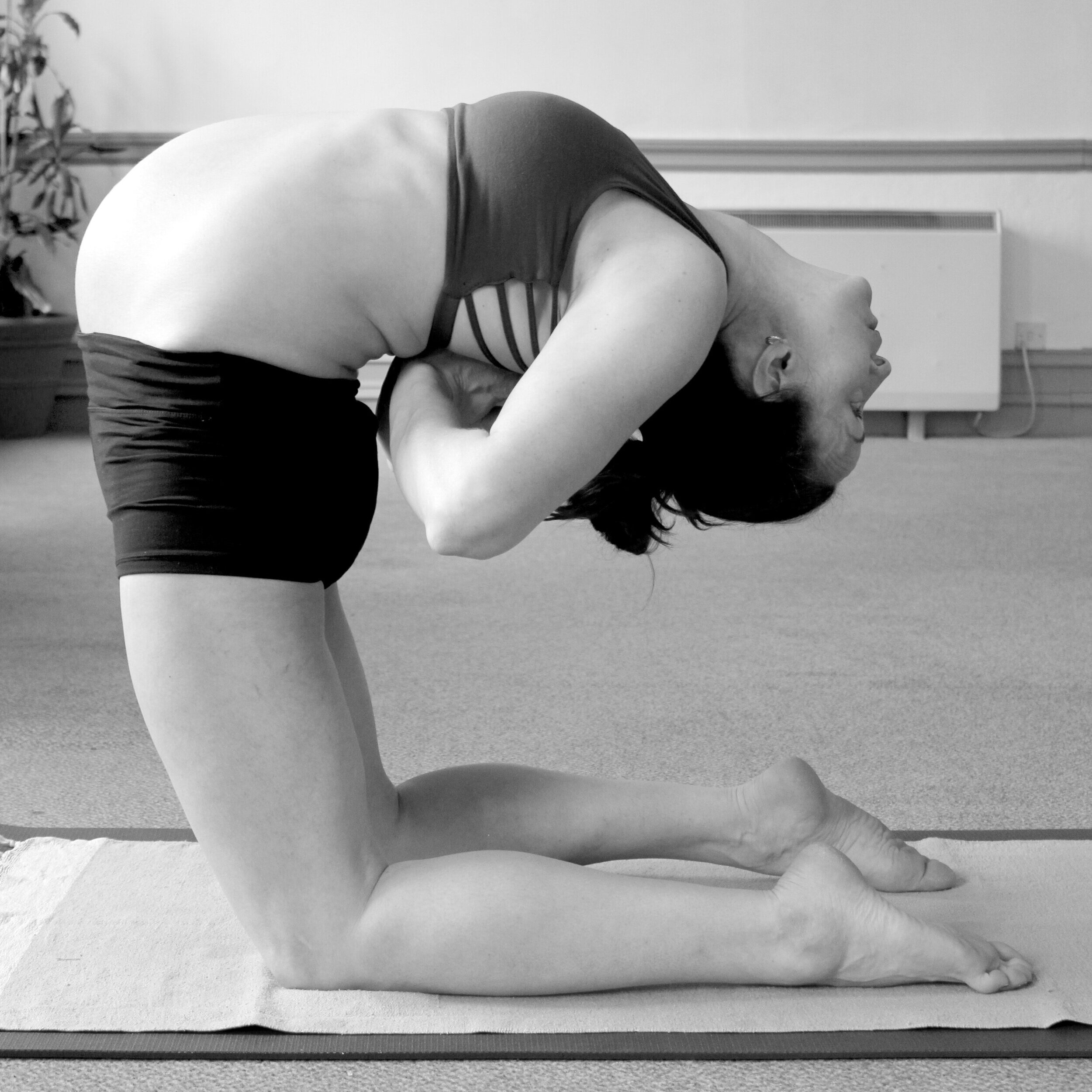
Sarah is passionate about sharing her love of the practice of ashtanga yoga. Read Sarah's blog, "Ashtanga Yogini on the Move” where you can learn more about her practice, her teachings and read poems and stories of practice on and off the mat.
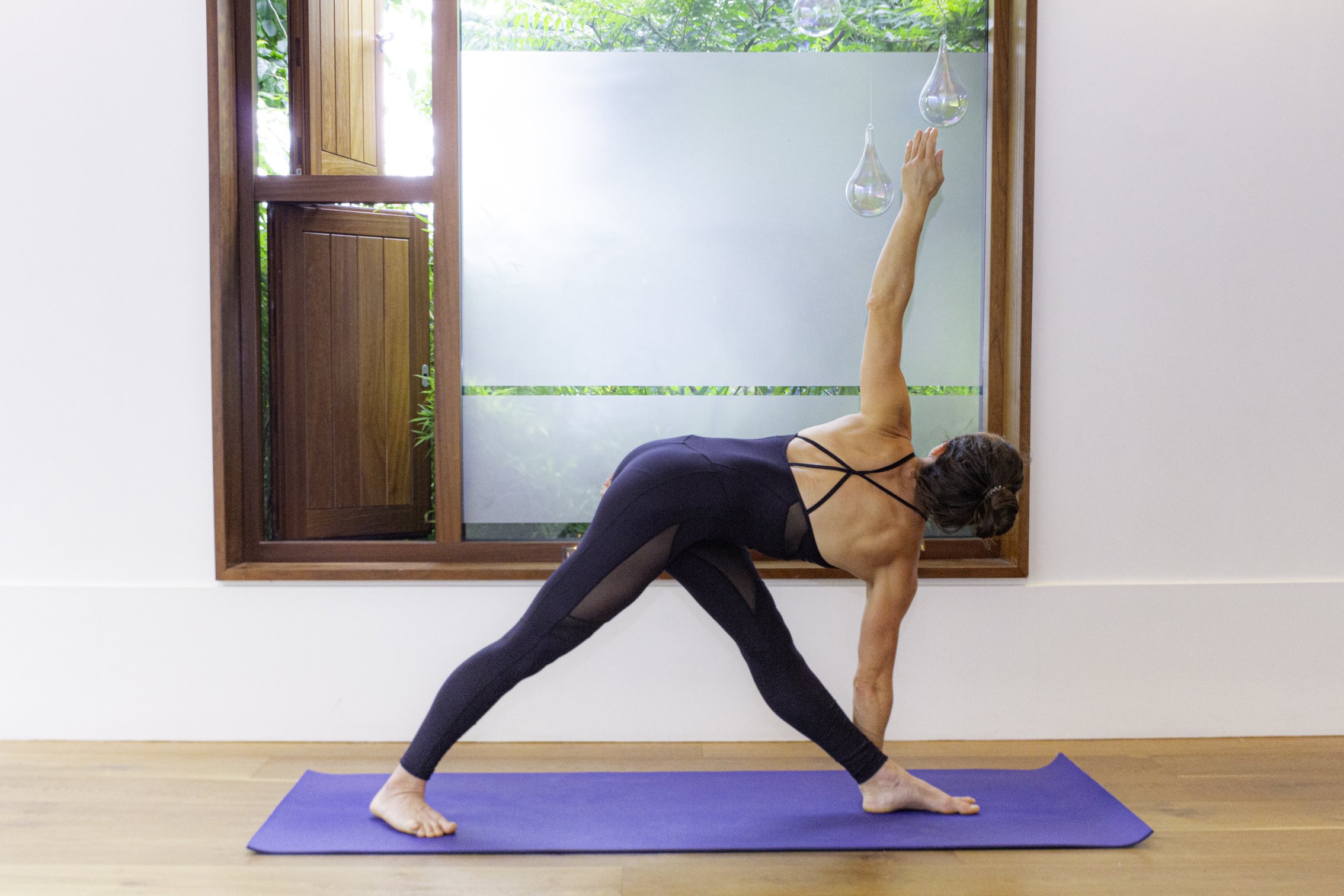
Asana IS the goal of yoga
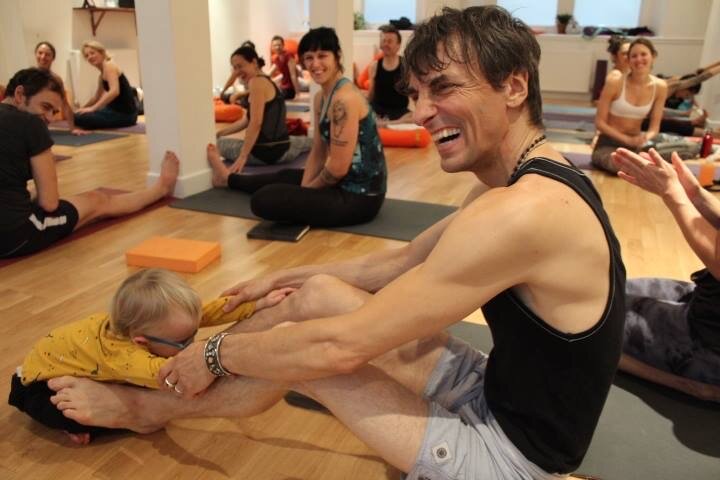
Finding Truth
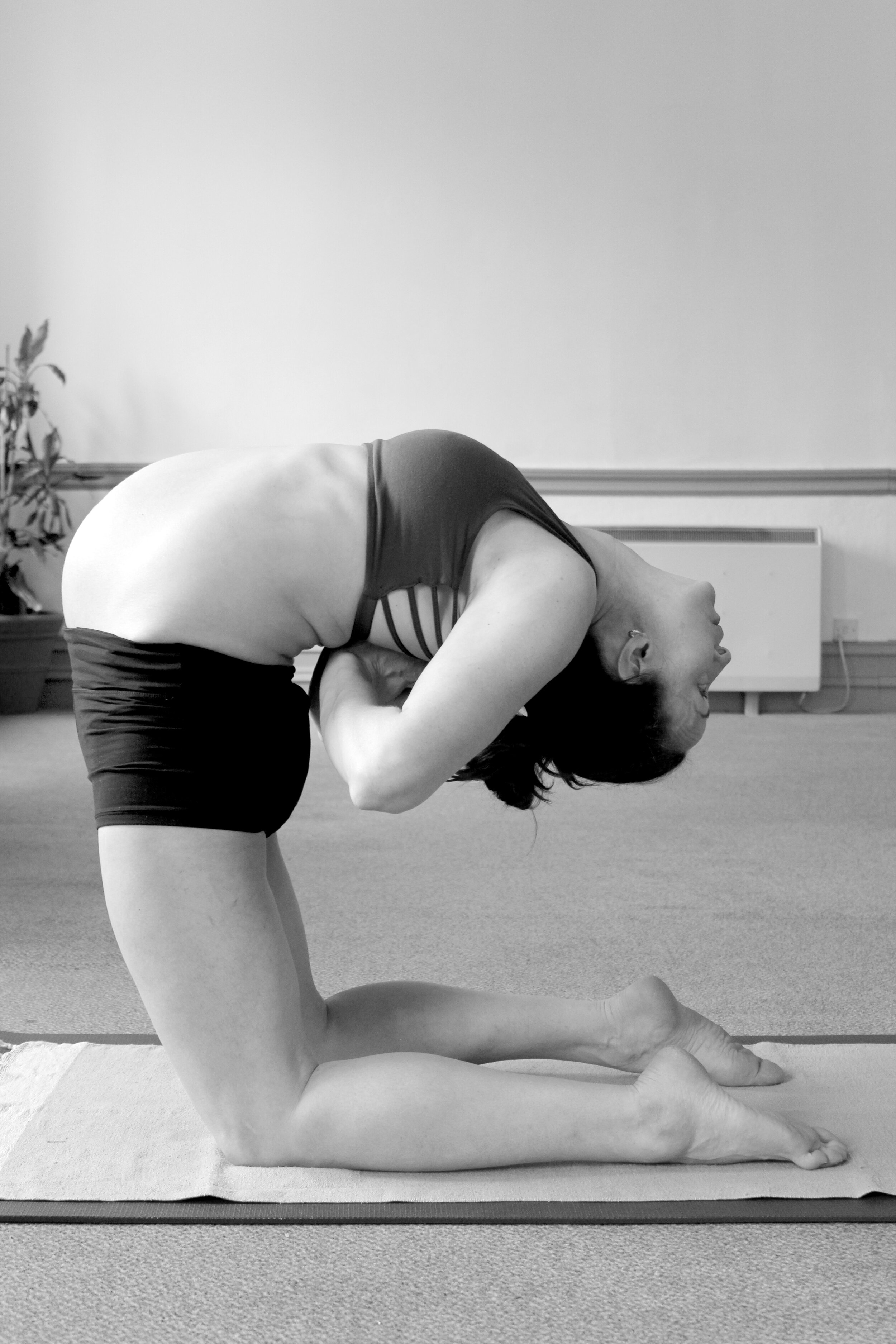
Pregnancy and Ashtanga Yoga
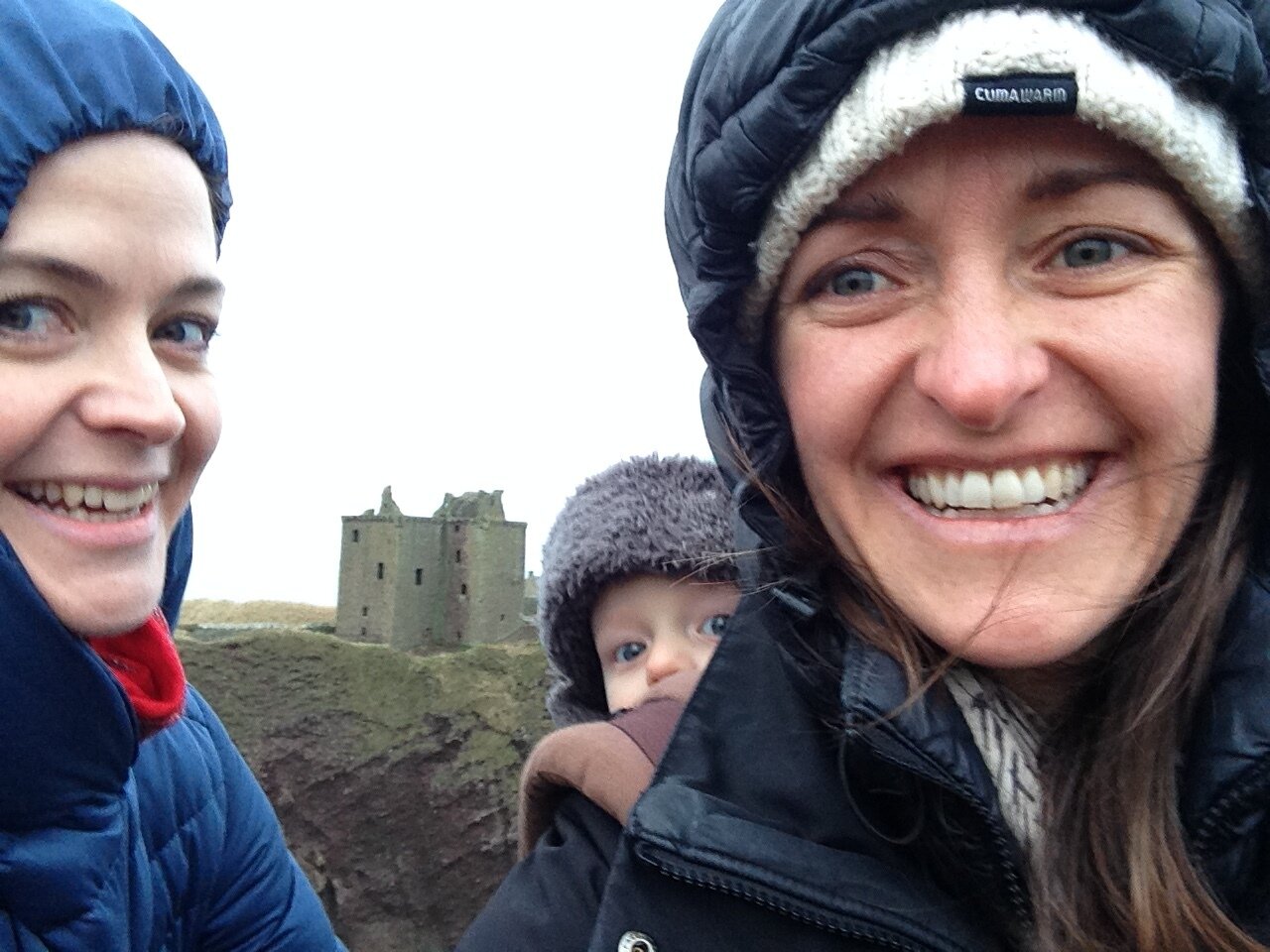
Chanting: Why do it?
Sarah writes about how to start a chanting practice, 2016.
